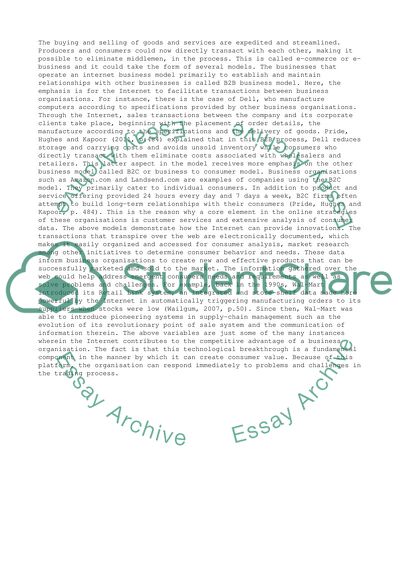Cite this document
(“Management Information and Communication System Essay”, n.d.)
Management Information and Communication System Essay. Retrieved from https://studentshare.org/business/1451129-management-information-and-communication-system
Management Information and Communication System Essay. Retrieved from https://studentshare.org/business/1451129-management-information-and-communication-system
(Management Information and Communication System Essay)
Management Information and Communication System Essay. https://studentshare.org/business/1451129-management-information-and-communication-system.
Management Information and Communication System Essay. https://studentshare.org/business/1451129-management-information-and-communication-system.
“Management Information and Communication System Essay”, n.d. https://studentshare.org/business/1451129-management-information-and-communication-system.


